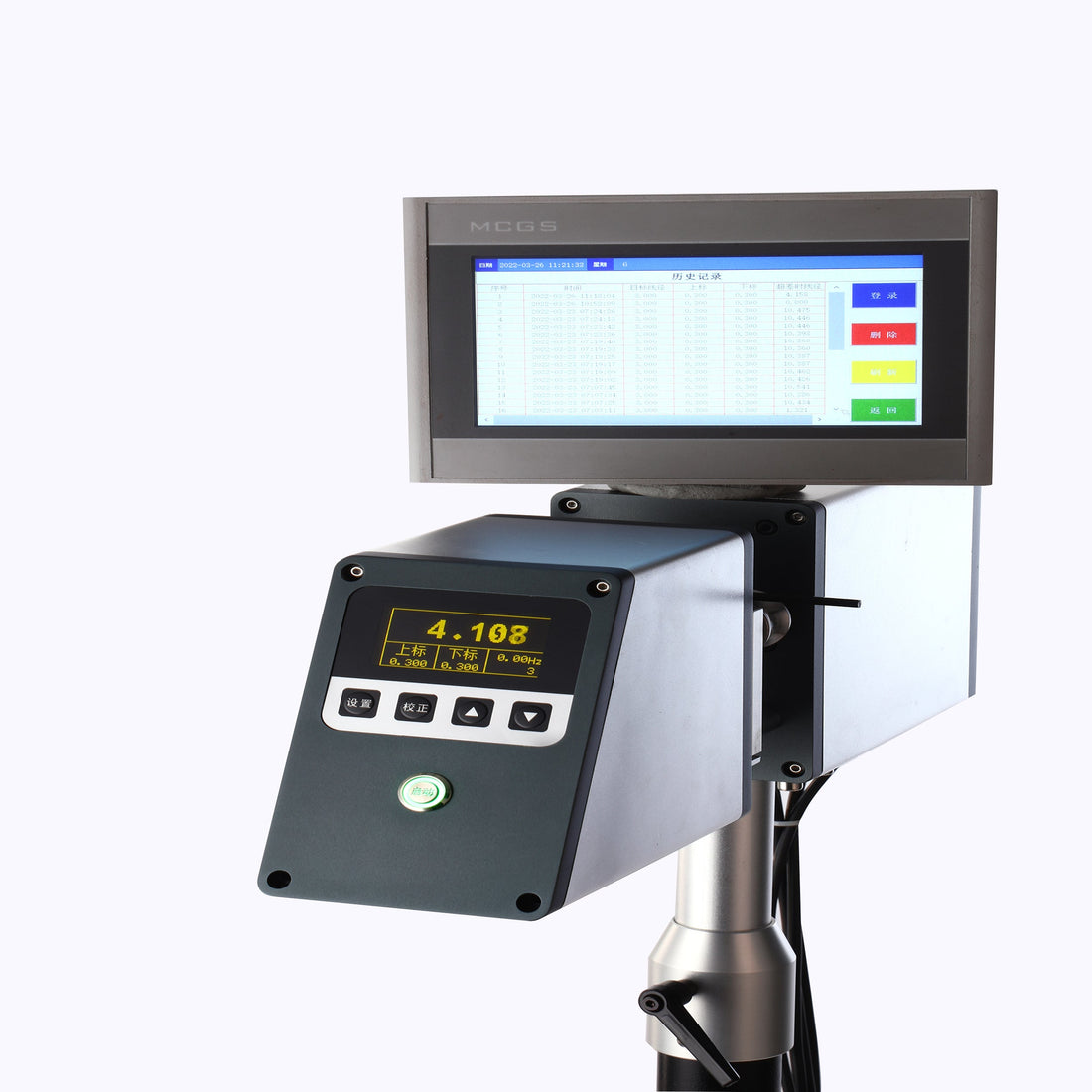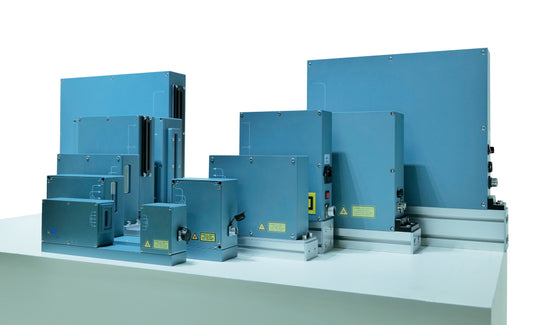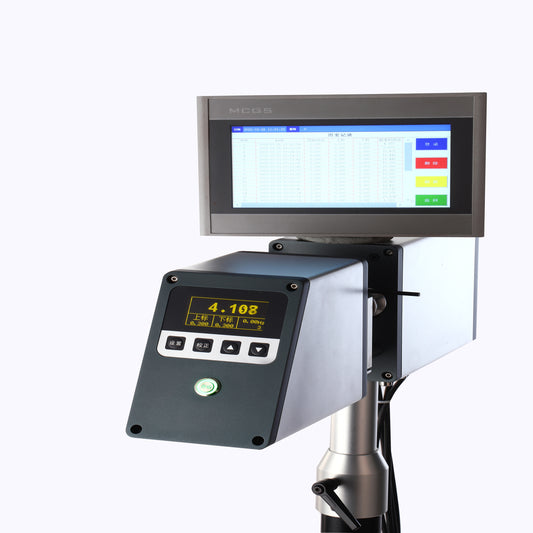
From Single-Point Measurement to Multi-Dimensional Analysis: The Technological Evolution of Laser Diameter Gauges
Share
In the field of industrial precision measurement, the development of laser diameter gauges reflects the manufacturing industry's continuous pursuit of accuracy, efficiency, and intelligence. From early-stage single-point static measurement to today's multi-dimensional dynamic analysis, technological iterations have not only enhanced inspection capabilities but also reshaped quality control standards. This article systematically reviews the key technological advancements in laser diameter gauges and explores their impact on modern manufacturing.
I. Three Major Stages of Technological Evolution
1. Single-Point Static Measurement (1980s-1990s)
Basic Principle:
Uses a single laser beam to measure a fixed point on an object, calculating the diameter via photoelectric sensors.
Low measurement frequency (typically a few times per second), suitable only for static or low-speed scenarios.
Limitations:
Unable to capture real-time changes in moving objects.
Limited to single-point measurement, incapable of assessing overall uniformity.
Typical Applications: Laboratory sampling, offline measurement for low-speed production lines.
2. Dynamic Scanning Measurement (2000s-2010s)
Key Breakthrough:
Employs high-speed rotating polygonal mirrors or galvanometer systems to enable continuous laser scanning of objects.
Measurement frequency increases to thousands of times per second (e.g., >2000Hz), compatible with high-speed production lines.
Advantages:
Real-time monitoring of diameter fluctuations in moving objects (e.g., wire extrusion, metal rolling processes).
Supports dynamic compensation (e.g., for material expansion due to temperature changes).
Industry Impact:
Becomes the standard for online inspection in wire/cable, pipes, and metal wire industries.
3. Multi-Dimensional Synchronized Measurement (2020s-Present)
Technological Integration:
Dual/Multi-Axis Measurement: Uses cross lasers or array sensors to simultaneously detect X/Y-axis diameters, calculating ovality and eccentricity.
Profile Analysis: Combines CCD imaging or line laser scanning to evaluate surface flatness and defects.
Intelligent Upgrades:
Integrates AI algorithms to automatically identify anomalies (e.g., burrs, dents).
Links with MES/PLC systems for closed-loop control (e.g., automatic extruder adjustment).
II. Key Technological Breakthroughs
1. From Static to Dynamic: Balancing Speed and Precision
Scanning Speed: Increased from a few times per second to over 10,000Hz, meeting ultra-high-speed production needs (e.g., fiber drawing at 2000m/min).
Precision Maintenance: Ensures micron-level stability via real-time temperature compensation and vibration suppression algorithms.
2. Enhanced Material Adaptability
Highly Reflective Surfaces: Uses polarized filters or adaptive laser power adjustment.
Transparent/Semi-Transparent Materials: Optimizes wavelength selection (e.g., blue lasers for edge contrast enhancement).
III. Industry Application Cases
Case 1: High-Speed Wire and Cable Production
Requirement: Real-time monitoring of conductor diameter and insulation thickness at 800m/min drawing speeds.
Solution: Multi-axis laser gauge + closed-loop control system reduces defect rates to <0.5%.
Case 2: Precision Metal Pipe Inspection
Challenge: Diameter variations in hot-rolled steel pipes due to temperature fluctuations.
Innovation: Dynamic thermal expansion compensation algorithm outputs room-temperature standard values directly.
Conclusion
The evolution of laser diameter gauges represents a shift from passive sampling to active control in industrial inspection. In the future, deeper integration of multi-dimensional measurement and intelligent analysis will solidify their role as the core quality sensor in smart factories.
Which stage is your production line at? Let's discuss upgrade needs!


